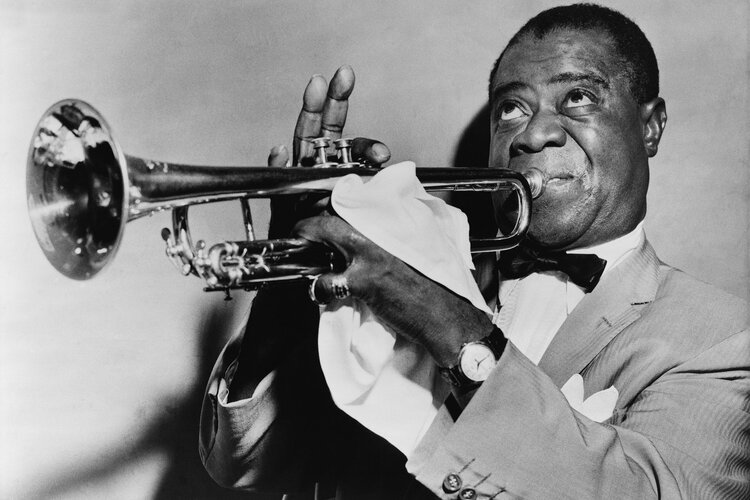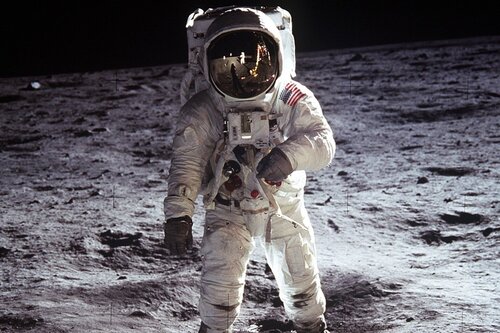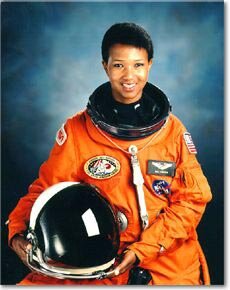When Worlds Collide: Jazz and The Race to Space

Jazz, you might know it by the booming sounds of a brass section, maybe it’s the toe-tapping beat you hear on the radio, or maybe you know it by the sax solo you can’t get out your head- the one that you never want to end. Jazz, you know it when you hear it, but do you know about its roots in Black history and how it surprisingly connects to, of all things, the Space Race? Let’s take a look into the history of jazz and outer space!

Jazz has deep ties to African-American culture and music. The history of jazz can be traced all the way back to the 1600s with the introduction of slavery to North America. With a culture of enslaved Africans singing old spirituals while working, and with the influence of blues music in the late 1800s, jazz was born. The music allowed African Americans “a powerful voice and was especially important to minority groups suffering unfair treatment because of the color of the skin”. Learn more! But what makes jazz as a genre unique and so memorable? It might be that jazz encourages you to do your own thing! Jazz has so many different variations. Some songs rely on woodwind instruments and percussive rhythm while others have a heavy piano influence. There is no one way of creating jazz. Doing your own thing is highlighted by the theme of improv in jazz. Coming up with a solo on the spot in the middle of a familiar tune is not only expected but encouraged, improv is what makes jazz so exciting. Learn more!
Around the same time as the boom in jazz music, the Space Race was in full swing (pun intended). The Space Race was a period between the late 1940s to 1975 when the United States and the Soviet Union each tried to best each other with their technology by expanding their exploration of space. 1957 saw the Sputnik, the first orbiting satellite into space and one of the most famous trumpet players in history, Louis Armstrong’s public denouncement of President Dwight D. Eisenhower over segregation. Learn more! In 1969, Neil Armstrong and Buzz Aldrin became the first people to walk on the moon, the same year Early Jazz by Gunter Schuller was released, one of the first comprehensive studies on the origins of jazz. The end of the Space Race in 1975 occurred only one year after the death of Duke Ellington, one of jazz’s most remembered lead orchestrators and pianists. Learn more!

Jazz and the space race are connected through more than just time. Many musicians inspired by the mystery of space took up their instruments to celebrate the influence of the Space Race including George Russell who composed the enchanting “Jazz in the Space Age” in 1960 and Shorty Rogers who gave us the space-themed “Martians Come Back!” in 1956. Learn more!
Jazz can teach us so much about the history of music, especially musical styles that were embraced and pioneered by African-Americans. Jazz linked communities during times of oppression and allowed novel artistic expression to flourish. Where other musical styles are rigid, jazz provides an alternative, fueled by taking risks through improvisation and spontaneity. Jazz proves its timelessness and uniqueness through its transformative ability to make music that is both familiar and brand new through its combinative nature. It’s no wonder why the great undertaking of exploring space coincides with jazz- a style that has always pushed the limits!
FUN FACTS
Did you know the first instrument in space was the saxophone? Learn more!
Saxophones, as we know them, are made of brass, but the first was made of wood! Learn more!
The first African American woman in space, Mae C. Jemison was a jazz dancer! Learn more!
In 2013 Chris Hadfield performed a live concert from space. Learn more!
